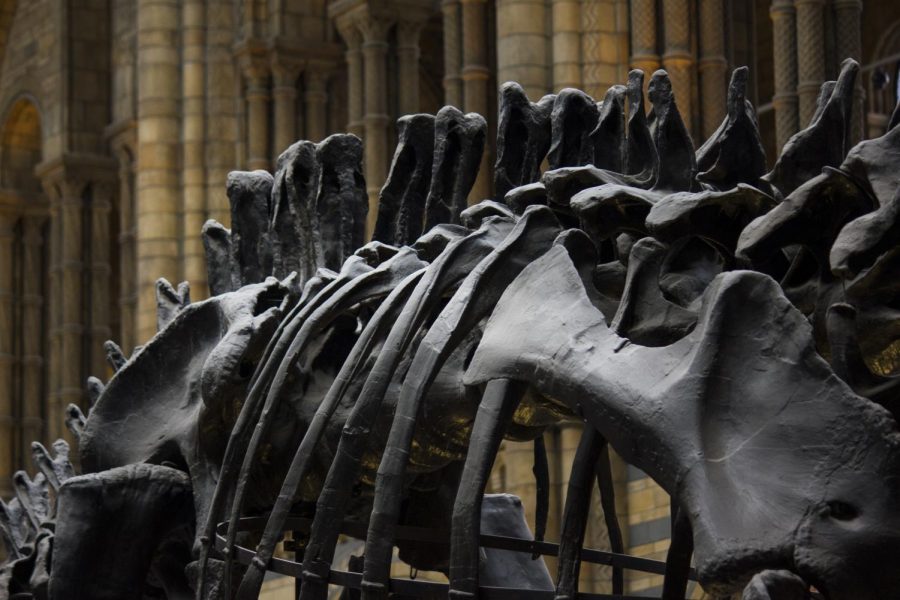New Dinosaur Discovered in Africa
Paleontologists are still working to understand the timeline of the Earth before humans, when the land was a super mass known as Pangaea and dinosaurs were more than fossils under our feet. A recent discovery within the past few years may help in their investigation of dinosaurs on earth.
In 2013, paleontologists from Mansoura University of Egypt discovered a new species of dinosaur in the Sahara desert.
“It was thrilling for my students to uncover bone after bone, as each new element we recovered helped to reveal who this giant dinosaur was,” said Dr Hesham Sallam, a professor at Mansoura University who led the exhibition.
This dinosaur, named the Mansourasaurus shahinae, lived approximately 80 million years ago and belonged to the family Titanosauria. This family of dinosaurs were a group of sauropods common during the Cretaceous period, known for their long necks and herbivatory diets. Sauropods were famous for being some of the largest animals on Earth at the time.
Based on the fossils found, Mansourasaurus is said to be a smaller species of sauropod, though they were still about the size of a school bus on average. Mansourasaurus was approximately 33 feet long and weighed 5.5 tons, approximately the average weight of an African bull elephant. According to BBC, paleontologists have discovered several parts of the Mansourasaurus’ bone structure, including parts of the skull, jaw, neck and back vertebrae, ribs, most of shoulder and forelimb, part of hind-foot, and pieces of dermal plates. This makes Mansourasaurus the most complete fossil found in Africa from the Cretaceous period to date.
The fact that a fossil this complete and from Cretaceous is quite remarkable, especially the fact that it was found in Africa. The last 30 million years of dinosaur reign in Africa is a mystery to scientists, and uncovering fossils has proved to be difficult due to the vegetation covering the terrain. Mansourasaurus has already helped scientist in several ways.
Dr. Eric Gorscak of the Field Museum told BBC that “Mansourasaurus helps us address longstanding questions about Africa’s fossil record and palaeobiology – what animals were living there, and to what other species were these animals most closely related?”
For instance, scientists have frequently wondered how connected Africa’s land mass was to the rest of Pangaea due to the fact that most animals found in Africa are cut off from those found in other land masses, and they follow their own evolutionary pattern. However, by observing the structure and features of Mansourasaurus’ bones, scientists have determined that this species of dinosaur is more closely related to those that commonly resided in Europe or Asia rather than those found in South America and southern parts of Africa. This suggests that at some point towards the end of the Cretaceous period, some dinosaurs were able to travel between Africa and Europe.
This discovery of the Mansourasaurus will be extremely helpful for the future investigation of dinosaurs on earth.










